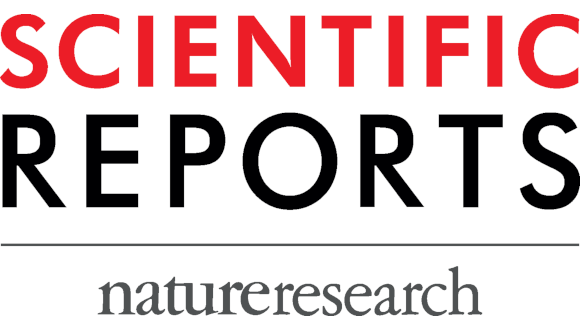TAU study makes Scientific Reports’ top 100 downloads for 2019

Prof. Noga Kronfeld-Shor's research ranks in the 100 most downloaded studies out of some 20,000 studies published in the journal last year
Support Tel Aviv UniversityTel Aviv University was named in the top 100 most downloaded studies published in 2019 in Scientific Reports, a prestigious peer-reviewed multidisciplinary science and technology journal. The list, the 100 most popular studies out of 19,871, features the research of authors from around the world and across disciplines.
According to Scientific Reports, the study by Prof. Noga Kronfeld-Shor and Dr. Eran Amichai, both of TAU’s School of Zoology, was downloaded 14,944 times during 2019, passing 15,000 downloads since.
“A position in the top 100 most downloaded articles is an extraordinary achievement — your science is of real value to the research community,” Scientific Reports Chief Editor Richard White wrote the researchers.
The TAU study, originally published in July 2019, explored the effect of artificial light at night (ALAN) on the common swift bird in a nesting colony in Jerusalem’s Western Wall, which is exposed to extremely intense artificial illumination throughout the night.
The Western Wall is home to a large colony of swifts, small birds that flock to Israel every February to nest in crevices in walls and cliffs. During breeding, they are usually active during the day, insect hunting, and nest at night.
According to the researchers, light pollution has had a decisive effect on swifts exposed to intense artificial light at night.
“We think the article generated a lot of interest because it deals with a major environmental issue extensively researched in recent years: the impact of light pollution on animals,” explains Prof. Kronfeld-Schor. “In our study, we sought to determine whether strong lighting throughout the night affects the routine of swifts nesting between the Western Wall stones, and we found that, indeed, it does. The swifts are active all night in the Western Wall colony versus daytime activity in other colonies we studied. The impact of this increased activity, however, bears further exploring.”
In 2016, the lighting system at the Western Wall was replaced by a much more comprehensive system. The researchers hypothesized that the added illumination would result in a further extension of the swifts’ activity hours, and perhaps allow them to exploit a hitherto unavailable resource — moths and other nocturnal insects attracted to the light.
They found that, surpassing their expectations, Western Wall swifts were active throughout the night while those of the other three colonies ceased their activity in the natural light colony or shortly after sunset in the low light pollution colonies. At the three light-polluted sites swifts were also found to be consuming moths, which are active at night.
For the purpose of the research, the scientists used acoustic loggers to record A. apus activity in four breeding colonies differing in their nighttime light pollution levels, and looked for moth-scales in fecal sacs obtained from the nests in order to check for dietary differences.
“The effects of this kind of lighting can be both negative and positive, and for the most part they cannot be predicted,” concludes Prof. Kronfeld-Schor.